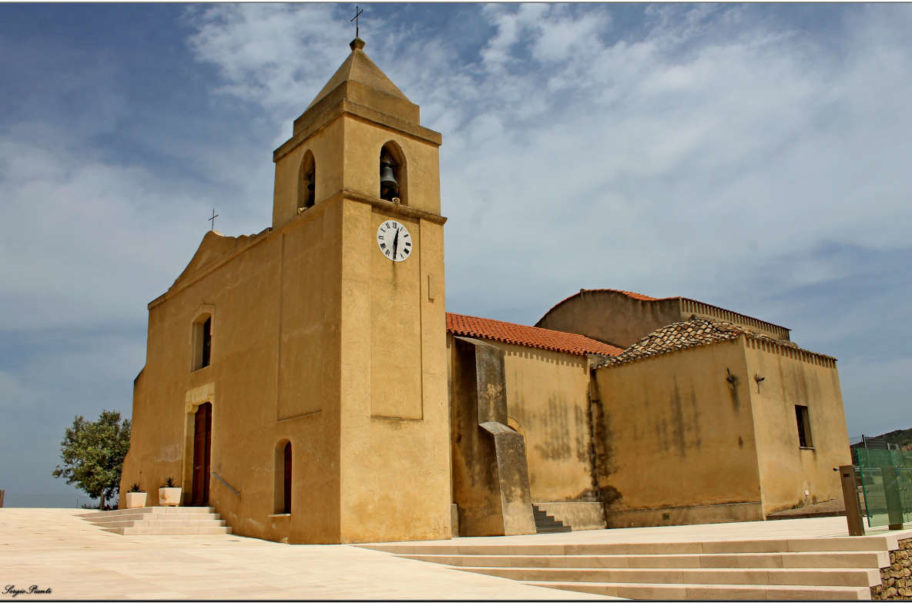Corpo Pagina
The signs of human presence in the territory of Soleminis, a village in southern Sardinia, have been attested since ancient times. The domus de janas of s’Acqua ‘e is Dolus (the water of pains), carved into the rock, dates back to a period ranging from the Final Neolithic era and the Chalcolithic period (3500-2700 BC).
Facc’ e Idda and Is Calitas are very important pre-Nuragic archaeological sites, dating back to the third millennium BC.
Today unfortunately the archaeological area of Cuccuru Cresia Arta is abandoned; on the top of the hill there is a furnace from the Nuragic era.
Very significant is the necropolis of Is Calitas, made up of collective pit burials, dug into the ground and carved into the rock. The site, dating back to the Early Bronze Age (2300-1700 BC) and attributable to the Culture of Bonnannaro, has returned numerous and precious funerary objects, among which pottery, bronze objects and ornaments stand out. Among the finds there are tripod vases, bowls, keeled cups, a stone brassard (a rectangular or elliptical plate with 2 or 4 holes, maybe used by the archers to protect the lower part of the forearm from the return of the bowstring) and several necklaces made of bone vague, seashells, board tusks, animal teeth. These antiquities are on display in the National Archaeological Museum of Cagliari.
ph.credits: piantisergio, CC BY 3.0 <https://creativecommons.org/licenses/by/3.0>, via Wikimedia Commons

